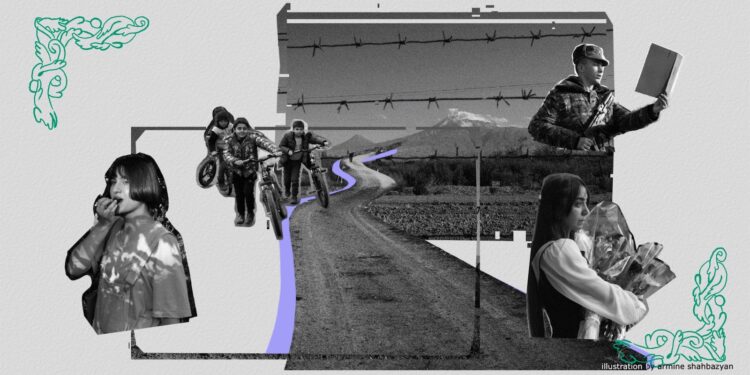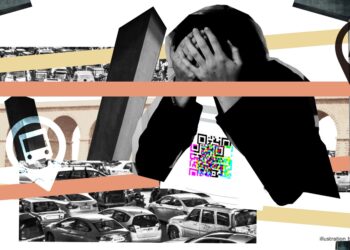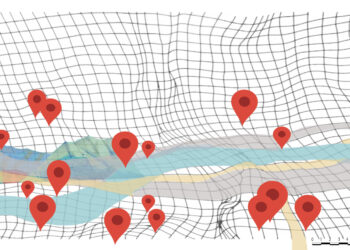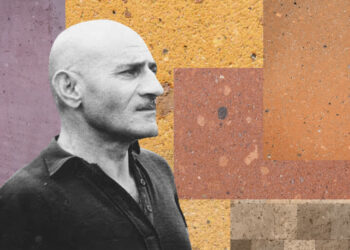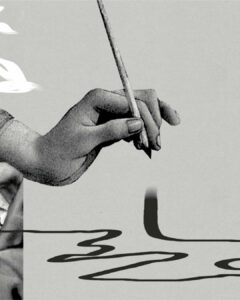Raw & Unfiltered
All the Lost Istanbuls
In Istanbul's Kurtuluş neighborhood, Meyhane-i Ara stands as perhaps the last Armenian tavern, where owner Ara Haceroğlu preserves centuries-old culinary traditions amid layers of nostalgia for multiple vanished Istanbuls—a living testament to the city's fading multicultural past.
The Women’s Support Center and Armenia’s Reckoning with Domestic Violence
More than a decade since its founding, the Women’s Support Center remains Armenia’s only organization operating full-time shelters for domestic violence survivors. Christina Markarian examines the movement’s evolution, persistent taboos, and the struggle to enforce protective laws.
Firdus: A Manège of Memories
Firdus is a neighborhood deeply shaped by the memories of women, and now, the women of the art community are writing a new chapter—one of resistance, creativity, and defiance against the destruction of their beloved neighborhood.
Breaking Social Norms: The Path to Closing the Gender Pay Gap
Armenia’s gender pay gap persists despite women’s educational achievements and growing workforce participation. Narrowing this gap requires legal reforms, supportive policies, and a cultural shift toward equity and inclusion. Jana Bohlmann explains.
Modern Challenges of a Capital City, Part 4: Ongoing Transportation Reforms
Public transportation in Yerevan has become a focal point of public frustration and municipal reform efforts in recent years. But can the chaotic and uncomfortable daily commute truly be transformed? Hranoush Dermoyan explores the challenges and prospects.
Rethinking Monument Preservation in Armenia
Armenia is developing policies to inventory, preserve, restore and promote historical monuments, recognizing their economic and cultural value. While progress aligns with sustainable development goals, significant challenges in preservation and management persist.
The Revered and Overlooked Legacy of Rafayel Israelyan
Rafayel Israelyan, one of the most prolific architects of the Armenian world, left an enduring mark on Armenia’s architectural landscape with his visionary designs that included memorials, fountains, bridges, churches, government buildings, and more. Despite his remarkable contributions, his legacy is underappreciated.
On the Road in Armenia
Embarking on a journey through Armenia, Daniel Tahmazyan blends personal reflections with historical and cultural insights. From sacred monasteries to forgotten villages, he explores the rugged beauty, spiritual depth, and enduring connection to homeland.
Waiting for the Flight to Baku
At Dubai Airport, a Yerevan-bound flight boards beside one for Baku. Karena Avedissian writes about how an outburst from a fellow Armenian traveler reflects the lingering trauma of war and ethnic cleansing.
The Keepers of the Goats
Armenia’s conservation success story has led to an unexpected challenge: a growing human-bear conflict. As rangers work to protect the rare Bezoar goats in the Arpa Protected Landscape, the return of brown bears is testing the fragile balance between wildlife and local communities.

